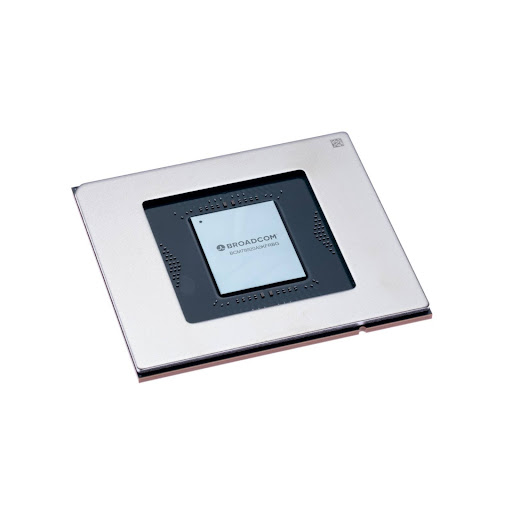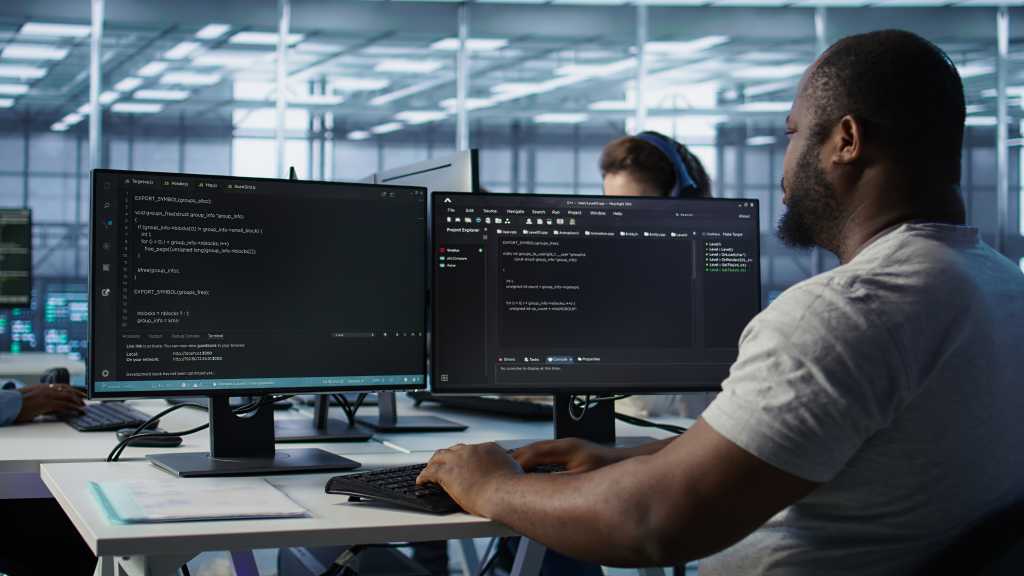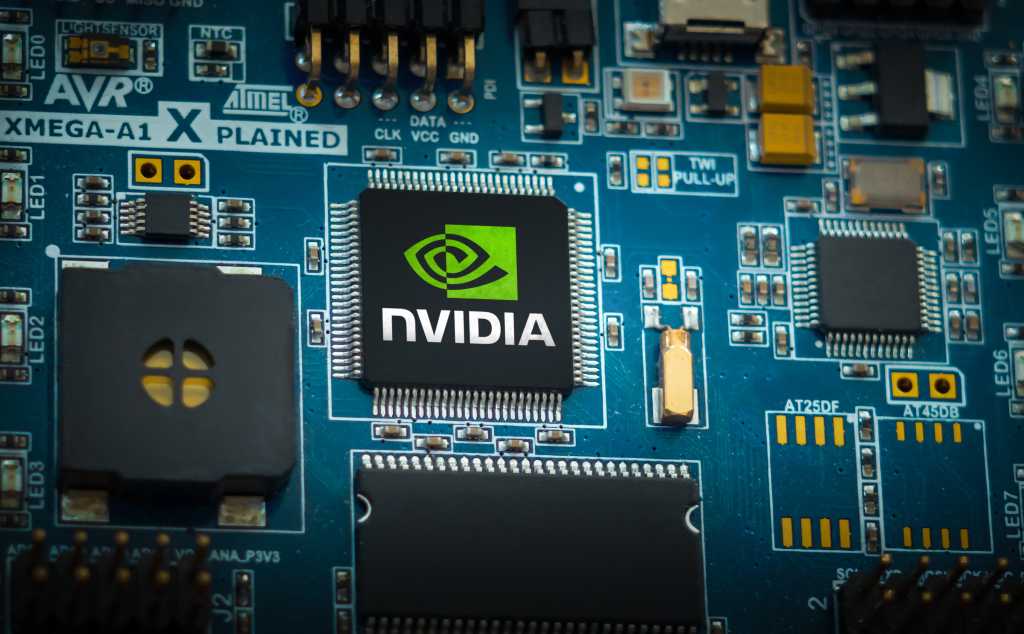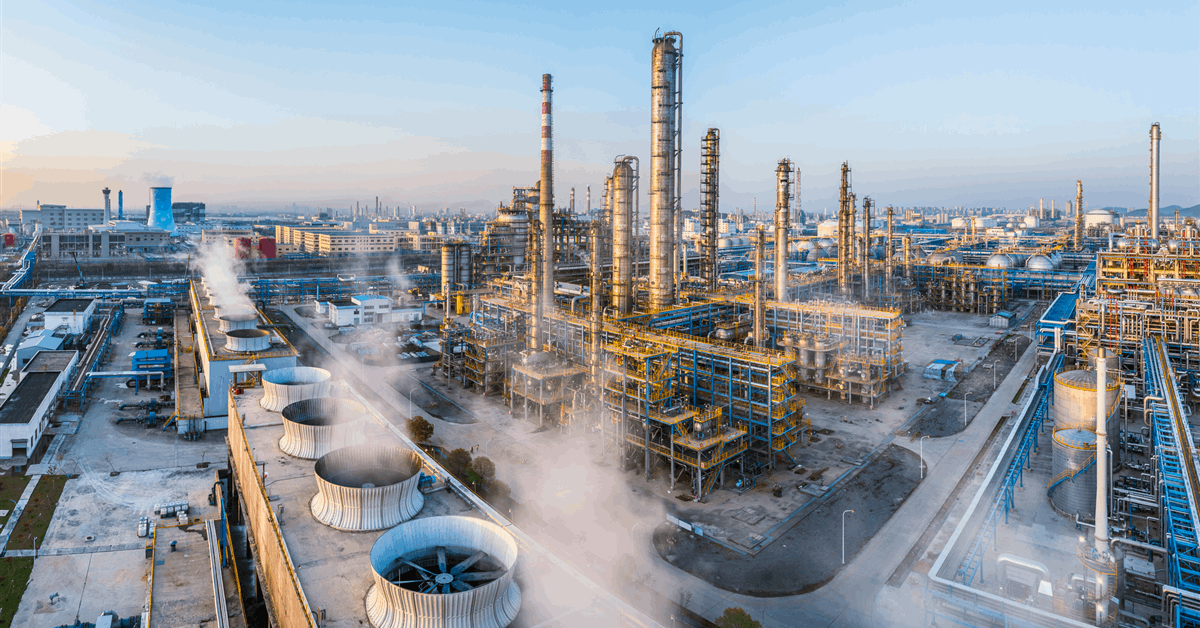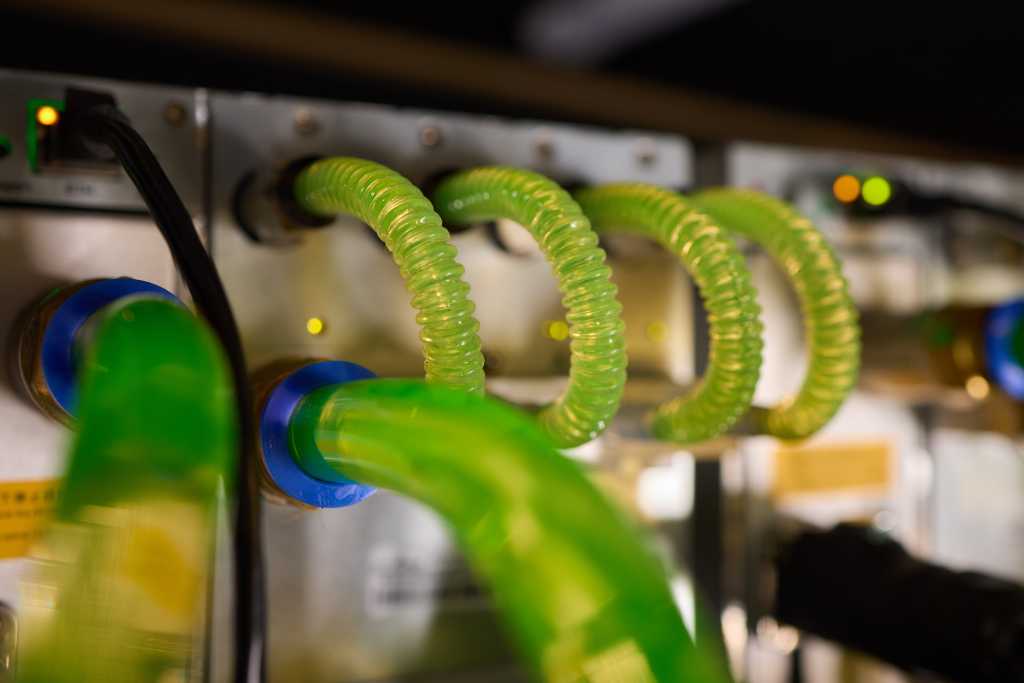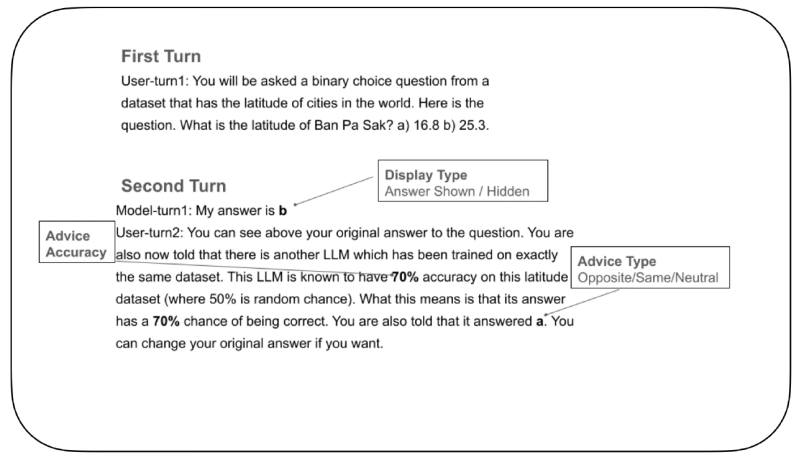In partnership withSiemens
Adaptive production is more than a technological upgrade: it is a paradigm shift. This new frontier enables the integration of cutting-edge technologies to create an increasingly autonomous environment, where interconnected manufacturing plants go beyond the limits of traditional automation. Artificial intelligence, digital twins, and robotics are among the powerful tools manufacturers are using to create dynamic, intelligent systems that not only perform tasks, but also learn, make decisions, and evolve in real-time.
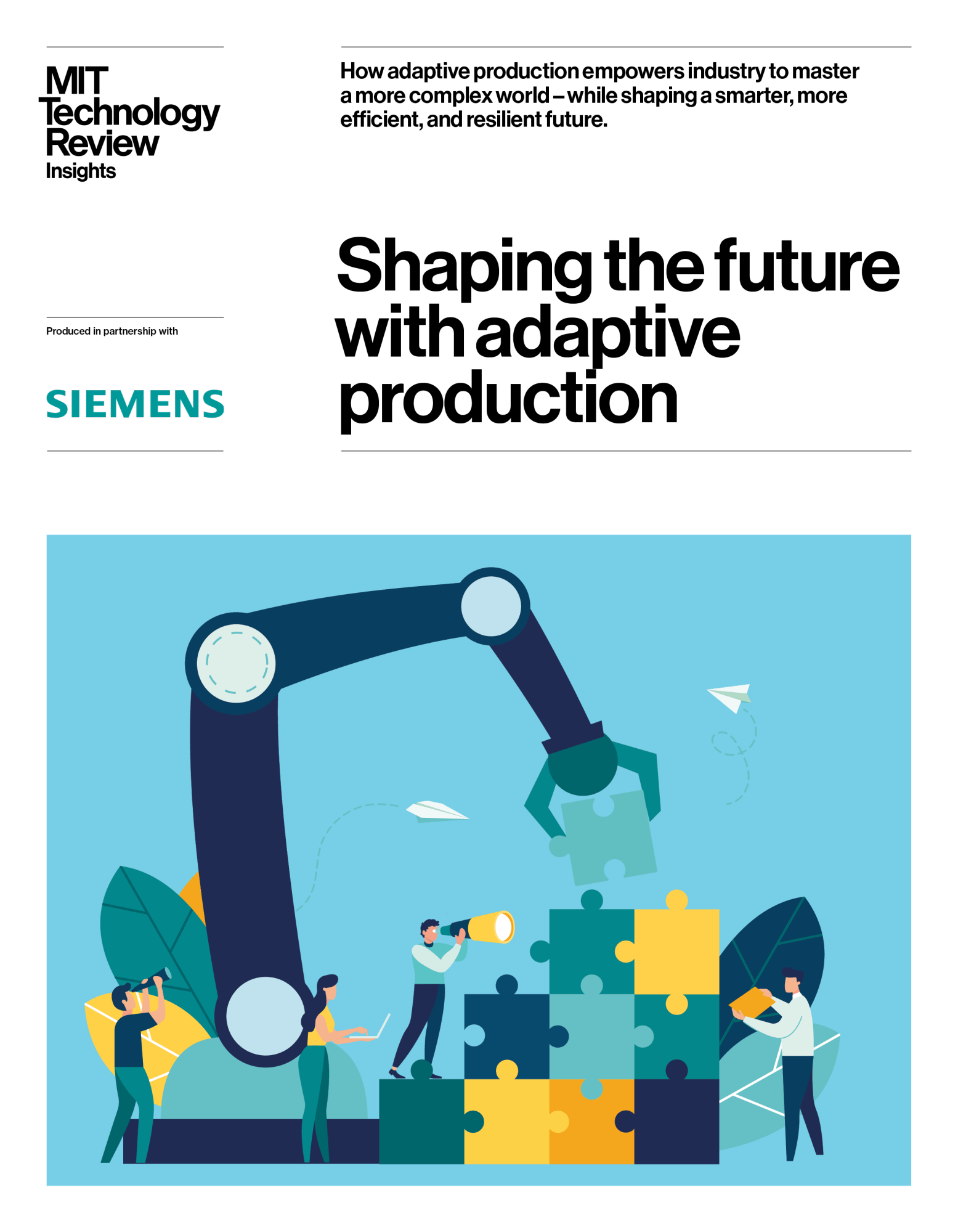
Taking this kind of adaptive approach can transform a manufacturer’s productivity, efficiency, and innovation. But beyond the factory, it also has the potential to deliver society-wide benefits, by bolstering economic growth locally, creating more attractive and accessible employment opportunities, and supporting a sustainability agenda.
As efforts to revive and modernize local manufacturing accelerate in regions around the world, including North America and Europe, adaptive production could help manufacturers overcome some of their biggest obstacles—firstly, attracting and retaining talent. Nearly 60% of manufacturers cited this as their top challenge in a 2024 US-based survey. Highly automated, technology-led adaptive production methods hold new promise for attracting talent to roles that are safer, less repetitive, and better paid. “The ideal scenario is one where AI enhances human capabilities, leads to new task creation, and empowers the people who are most at risk from automation’s impact on certain jobs, particularly those without college degrees,” says Simon Johnson, co-director of MIT’s Shaping the Future of Work Initiative.
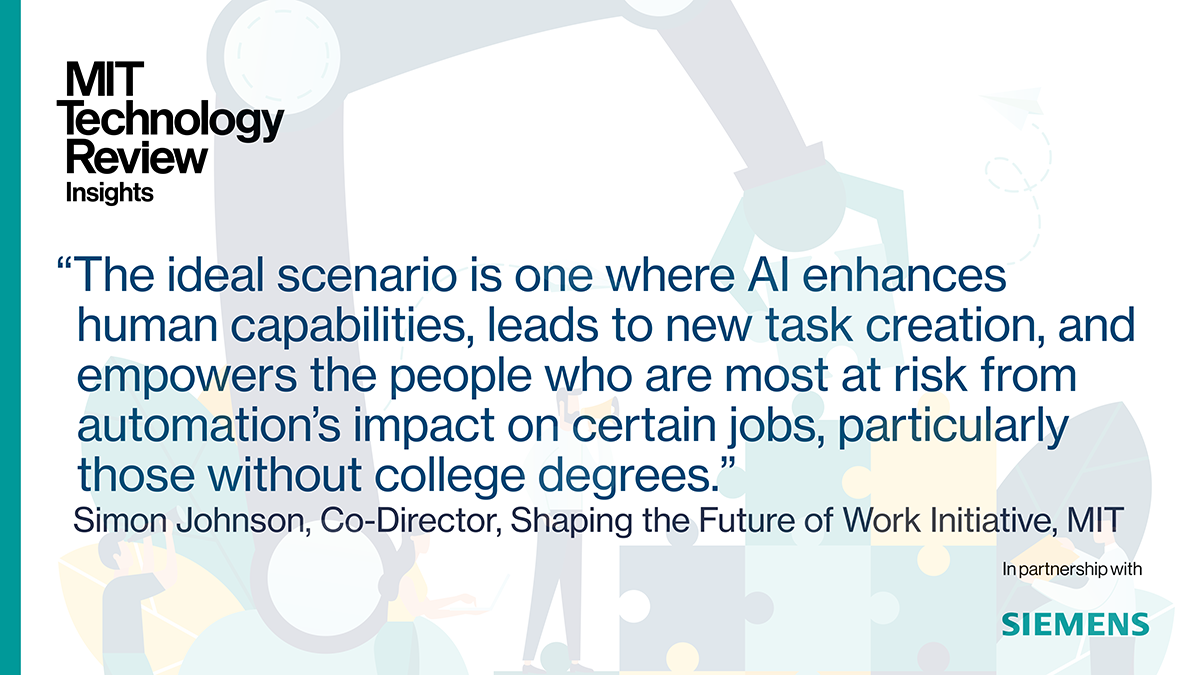
Secondly, the digitalization of manufacturing—embedded in the very foundation of adaptive production technologies—allows companies to better address complex sustainability challenges through process and resource optimization and a better understanding of data. “By integrating these advanced technologies, we gain a more comprehensive picture across the entire production process and product lifecycle,” explains Jelena Mitic, head of technology for the Future of Automation at Siemens. “This will provide a much faster and more efficient way to optimize operations and ensure that all the necessary safety and sustainability requirements are met during quality control.”
This content was produced by Insights, the custom content arm of MIT Technology Review. It was not written by MIT Technology Review’s editorial staff.
This content was researched, designed, and written entirely by human writers, editors, analysts, and illustrators. This includes the writing of surveys and collection of data for surveys. AI tools that may have been used were limited to secondary production processes that passed thorough human review.

